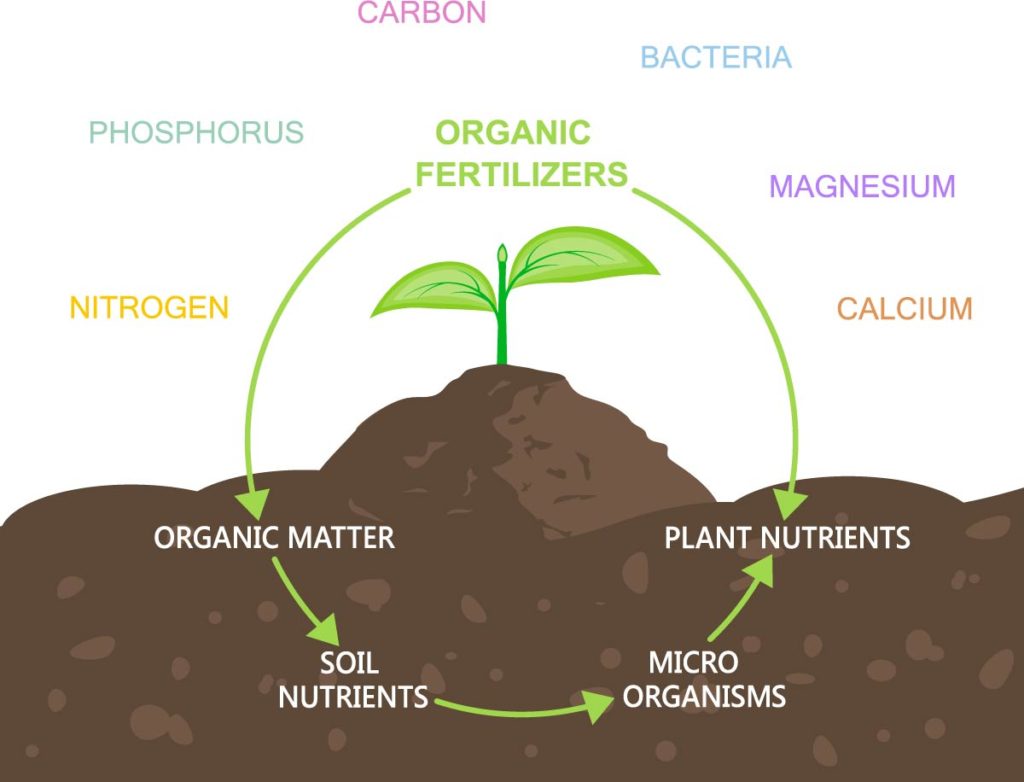
Coco coir, coconut fibers ground into a soil-like media is becoming an increasingly used gardening and hydroponic soil alternative. Unlike peat moss, which is considered acidic with a pH level between 3.3 and 4, coco coir offers a neutral pH between 5.2 and 6.8, eliminating the need for treatment with lime. In addition, coco coir offers many other nutritional benefits. However, the unique nutritional makeup of coco coir requires different nutrient supplements and consideration before you begin planting. The proper coco coir nutrients are important.
Lignin
The woody fibers that makeup coco coir consist of carbohydrates and lignin. Lignin is a complex organic polymer that gives the coir its strength and structure. The mixture of carbohydrates and lignin create the perfect breeding ground for the micro-organisms, bacteria, and fungi that are beneficial for plant growth. At the same time, it also discourages the growth of harmful bacteria.
Sodium Nitrate and Chlorine
One downside to coco coir is that it can have high levels of sodium nitrate and chlorine, which can kill your plants. In order to make coir, coconut husks are sometimes processed by saltwater soaking. In order to decrease the coir’s levels of sodium nitrate and chlorine, a process known as buffering is used, where the coir is treated with calcium nitrate instead. When choosing your coir media, look for low salt labels.
Phosphorus and Potassium
Coco coir contains significant amounts of natural phosphorus and potassium. Phosphorus is essential for plants’ root development and flowering, as well as energy transfer within the plant. Potassium works to regulate metabolism within the plant and regulates water pressure inside and outside of the plant cells. Most traditional soil-based nutrient bases tend to include higher levels of potassium, phosphorus, and nitrogen. Because coir naturally contains these nutrients, you will need to look for a base nutrient supplement that contains low levels of these two nutrients in order to create the ideal soil for your garden.
Other Nutrients
Coir also contains trace amounts of boron, calcium, chlorine, copper, iron, magnesium, manganese, molybdenum, nitrogen and zinc. However, the natural amounts found in coir are not enough to create an adequate growing media, so a nutrient base must be added in order to create ideal growing conditions.
Choosing a Base Nutrient Option
If you use coir as your growing media, special considerations need to be made when choosing a nutrient base to add to the coir before planting. Because coir is naturally rich in phosphorus and potassium, finding a nutrient-rich base with low levels of these elements is essential. Calcium and magnesium must also be added in order to take advantage of coco coir nutrients.
While the lignin increases microorganism growth in coir, which is beneficial, those microorganisms require nitrogen. While natural coir does have a small amount of nitrogen, it will not be enough to create an ideal environment for growth. Your nutrient base should also include more nitrogen than you would with traditional soil or hydroponics. Typically, nutrient bases and fertilizers offer increased levels of potassium, phosphorus, and nitrogen, but when using coir, this is not an ideal solution. Instead, look for nutrient bases that are labeled for use with coco coir.

Leave a Reply
You must be logged in to post a comment.